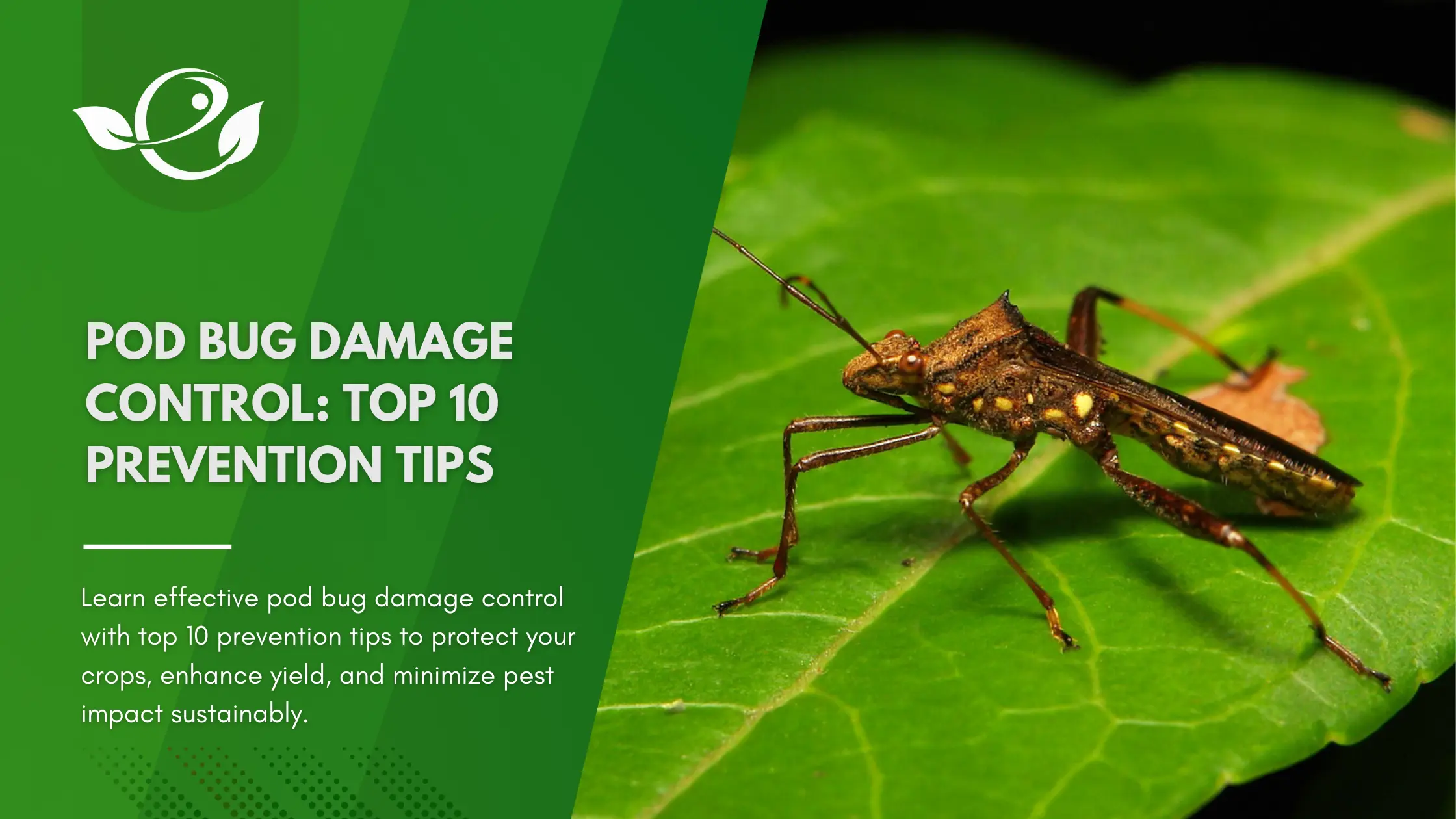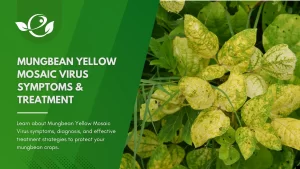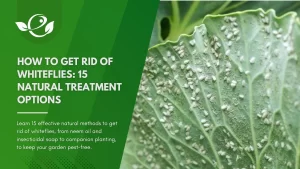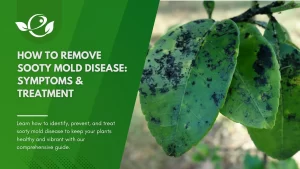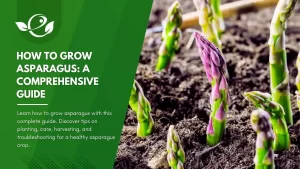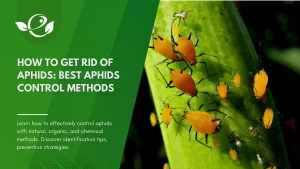Table of Contents
Pod bugs, though small in size, have the potential to wreak havoc on a wide range of crops, particularly leguminous plants like beans, peas, and soybeans. As farmers and gardeners prepare their fields each season, the appearance of these pests can become a serious concern, impacting both the quantity and quality of the harvest. For anyone growing pod-bearing crops, knowing how to effectively prevent and manage pod bugs is essential.
Pod bugs feed by piercing pods and sucking out the nutrients from seeds, leaving behind a trail of damage. This leads to stunted pod growth, shriveled seeds, and discoloration, making the crop less valuable and reducing its marketability. In some cases, infestations can be severe enough to devastate entire fields, leading to a significant reduction in yield.
But prevention is better than cure. Instead of waiting for these pests to invade your crops and then seeking chemical solutions that could harm both the ecosystem and the plants, taking proactive measures can help keep these pests at bay. By understanding their behavior and life cycle, you can put strategies in place that will minimize their impact. In this article, we dive deep into the top 10 prevention tips for pod bug damage control—methods that are sustainable, effective, and can save you time, money, and frustration.
What Are Pod Bugs?
Pod bugs (commonly including species such as Riptortus pedestris and Nezara viridula) are notorious pests in agricultural ecosystems, especially in crops such as beans, peas, soybeans, and cowpeas. These pests belong to the family Pentatomidae, often referred to as stink bugs due to the unpleasant odor they release when threatened. Their feeding habits are especially damaging during the reproductive stages of the plants, when pods and seeds are most vulnerable.
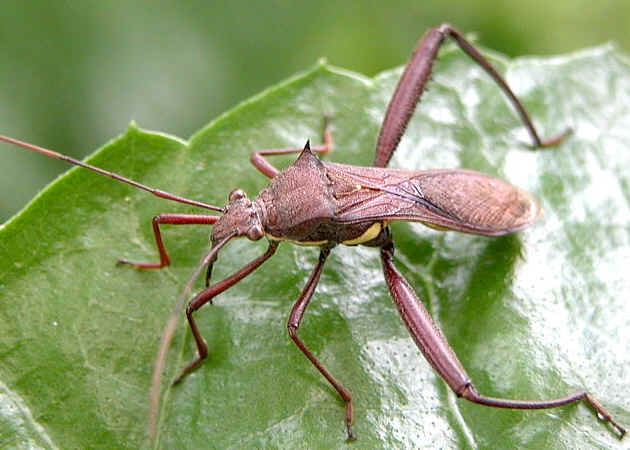
Pod Bug Life Cycle
Pod bugs undergo incomplete metamorphosis, which means they have three distinct life stages: egg, nymph, and adult. Eggs are usually laid on the underside of leaves, and once hatched, nymphs progress through several instar stages, gradually developing into adults. Both nymphs and adults feed on the sap of the plants, specifically targeting the pods and seeds.
What caused it?
The pod bug is favoured by sunny days as well as high humidity levels. After weather like this, you might see an infestation. Brownish black and elongated narrow plant hopper with long legs. The youngest are delicate, creamy yellowish and later turn greenish-brown. Then start to resemble dark brown ants. Adults are brown, slender and quick flying and jumping.
The Damage They Cause
- Deformed Pods: The feeding action of pod bugs causes malformation in pods, making them unattractive for commercial sale.
- Stunted Seed Growth: Seeds inside infested pods may fail to grow properly, leading to underdeveloped or shriveled seeds.
- Discoloration: The nutrients sucked from the seeds can lead to visible changes in color, reducing the overall quality of the harvested crop.
- Overall Yield Reduction: If left unchecked, a pod bug infestation can lead to a significant drop in overall yield, affecting both subsistence farmers and commercial producers.
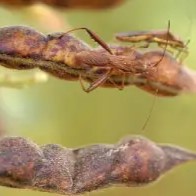
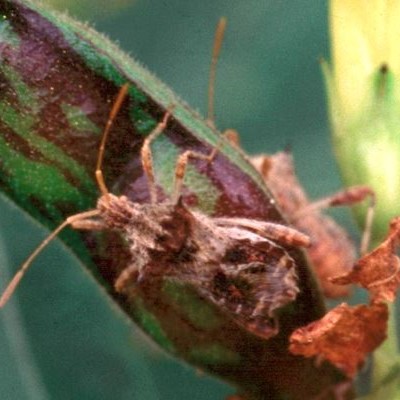
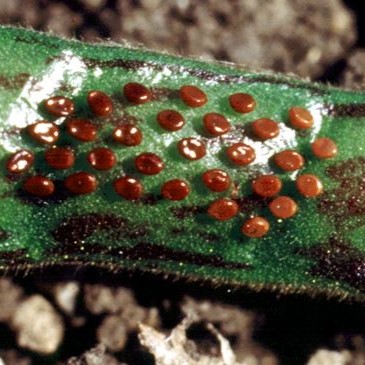
Top 10 Prevention Tips for Pod Bug Damage Control
To manage pod bug infestations effectively, an integrated approach combining several preventative measures is the most sustainable solution. Below, we detail the top 10 prevention tips for pod bug control.
1. Regular Crop Monitoring
The foundation of any successful pest management strategy is regular monitoring. Timely detection of pod bug infestations allows for quick intervention, minimizing damage.
- What to Look For: Check the undersides of leaves for clusters of eggs. The presence of nymphs and adults on the pods is also a red flag.
- Monitoring Tools: Use sweep nets, visual inspections, and sticky traps to monitor the fields.
- Best Timing for Monitoring: Monitor during key growth stages, especially when plants are flowering and forming pods.
By regularly scouting your crop, you’ll be able to spot the early signs of infestation and apply preventive measures before the problem escalates.
2. Use of Trap Crops
Trap cropping is a clever strategy that uses the natural feeding preferences of pod bugs to your advantage. Trap crops are plants that are more attractive to pod bugs than your primary crops. These sacrificial plants draw the pests away, keeping your main crops safe.
- Best Trap Crops: Sunflowers, millet, and sorghum are effective trap crops for diverting pod bugs.
- Implementation: Plant these crops around the edges of your fields or between rows to lure pod bugs away from the main crop.
- Management: Once the trap crops become infested, remove and destroy them to prevent the pod bugs from moving to your main crops.
Trap cropping reduces the need for chemical interventions and protects your main crop without compromising yield.
3. Crop Rotation
Pod bugs tend to persist in areas where the same crops are grown year after year. Crop rotation breaks the life cycle of these pests by disrupting their preferred environment.
- How It Works: Rotate susceptible crops (like beans, peas, or soybeans) with non-host crops, such as cereals or root vegetables.
- Benefits: This practice starves the pod bugs of their food source, naturally reducing their population over time.
By rotating crops each growing season, you not only reduce pod bug infestations but also improve soil health and fertility.
4. Timely Planting
Planting your crops at the right time can help you avoid peak periods of pod bug activity. Understanding the life cycle of these pests allows you to adjust planting schedules to avoid their most active phases.
- How Timing Affects Infestation: Early planting may give your crop a head start, allowing it to mature before pod bug populations reach their peak. Late planting, in some regions, can also be an effective strategy.
- Local Recommendations: Consult local agricultural guidelines for your region to determine the optimal planting windows based on pod bug activity patterns.
Properly timed planting can significantly reduce the risk of pod bug damage and enhance overall crop resilience.
5. Encourage Natural Predators
Nature has its own pest control system. By encouraging the presence of natural predators, you can keep pod bug populations under control without relying on chemical insecticides.
- Key Predators: Predators of pod bugs include parasitic wasps, birds, ladybugs, and spiders.
- How to Attract Predators: Create habitats that attract these beneficial insects and animals. Plant flowers such as marigolds and sunflowers to attract parasitic wasps. Install birdhouses or perches to encourage birds to visit your fields.
- Cultural Practices: Avoid using broad-spectrum insecticides that might harm these beneficial predators.
Harnessing natural biological control reduces the need for chemical interventions, supporting a balanced ecosystem while protecting your crops.
6. Use of Neem Oil
Neem oil is a well-known organic solution for controlling various pests, including pod bugs. It acts as both a repellent and a growth disruptor for many insects.
- Mode of Action: Neem oil works by interfering with the feeding and reproductive systems of pod bugs. When sprayed on crops, it repels the bugs and reduces their ability to lay eggs.
- Application Tips: Spray neem oil in the early morning or late afternoon when temperatures are cooler to avoid leaf burn. Reapply after heavy rainfall to maintain its effectiveness.
As a natural product, neem oil is safe for beneficial insects, making it an excellent option for organic farming systems.
7. Physical Barriers
Using physical barriers like nets or row covers can prevent pod bugs from accessing your crops during their most vulnerable stages.
- When to Use: Install row covers during the early stages of plant growth, especially before flowering and pod formation.
- How to Implement: Secure the covers properly to prevent gaps where bugs might enter. Ensure that the plants have enough airflow to avoid disease caused by trapped moisture.
Physical barriers are particularly useful in small-scale gardens or for high-value crops where even minor pod bug damage could be detrimental.
8. Plant Resistant Varieties
Another long-term strategy for controlling pod bug infestations is to plant crop varieties that are naturally resistant to these pests.
- Resistant Varieties: Research and select varieties of beans, peas, or soybeans that show resistance to pod bugs. Local agricultural extensions or seed suppliers may have recommendations for the best varieties suited to your region.
- Benefits: Resistant plants tend to suffer less damage from pests and require fewer chemical inputs.
Using pest-resistant crop varieties not only reduces the need for pesticides but also strengthens the resilience of your farm against future infestations.
9. Proper Sanitation
Proper field sanitation is essential in preventing the spread of pod bugs and other pests. Debris from previous crops can serve as breeding grounds and shelters for pod bugs.
- What to Do: Remove plant debris, weeds, and other potential hiding spots at the end of each growing season. Plow under any remaining crop residue to reduce overwintering sites for pests.
- Weed Control: Weeds often harbor pod bugs, so it’s important to control weed growth in and around the field.
Maintaining a clean and well-manicured field reduces the likelihood of pod bug infestations and improves overall crop health.
10. Use of Organic Insecticides
If pod bug populations exceed economic thresholds, organic insecticides can provide effective control without harming beneficial organisms or the environment.
- Best Organic Insecticides: Products like pyrethrin, diatomaceous earth, and spinosad are effective against pod bugs when used properly.
- Application Guidelines: Follow the manufacturer’s instructions carefully, applying treatments at the right time and in the correct amounts to avoid harming non-target species.
Organic insecticides offer a safer alternative to chemical pesticides, ensuring that your crops remain healthy while minimizing environmental impact.
In a Nutshell
- Plant resistant cultivars.
- Plant early to avoid periods of heavy infestation.
- Intercrop with sorghum or green gram to reduce populations.
- Do not intercrop with maize.
- Keep an eye on plants one month after planting.
- Inspect crops regularly, particularly in the morning hours when bugs are active.
- Clean up old plant stems to stop insects from surviving in leftover crop debris.
Additional Strategies for Pod Bug Control
While the top 10 tips above are effective in their own right, there are a few additional methods worth mentioning that can further bolster your defenses against pod bugs.
Organic Control
Physical collection of bugs in a vessel with water and oil to reduce the population. During flowering and pod formation, bugs can be collected and killed by hand in small plots. Apply a mixture of black soap and kerosene: Dissolve 170 g of black soap in 150 ml of water. Dissolve this in 1 L of kerosene to form a thick concentrate of soap/kerosene mixture. Dissolve 400 ml of the mixture to 5 L of water. Spray at weekly intervals after pods development.
Chemical Control
Dimethoate, Methyl demeton, Imidacloprid or Thiamethoxam are potential efficient insecticides that can be sprayed.
Companion Planting
Companion planting involves growing certain plants together to deter pests or improve plant growth. For pod bug control, you can plant crops like garlic, marigold, and basil near susceptible plants to repel pod bugs.
- How It Works: These companion plants emit strong odors or contain compounds that pod bugs find unappealing, driving them away from your main crops.
Intercropping
Intercropping involves planting different crops together to confuse or deter pests like pod bugs. For example, interplanting beans with cereals such as maize can reduce pod bug infestations by making it harder for the bugs to locate their preferred hosts.
- Why It Works: The diversity of plant species in intercropped fields creates a more complex environment, making it more difficult for pod bugs to establish themselves.
Conclusion
Pod bug damage can be a significant threat to pod-bearing crops, but with the right prevention strategies, farmers and gardeners can effectively manage these pests. From regular crop monitoring and trap crops to the use of neem oil and natural predators, integrating multiple methods will yield the best results.
By adopting a holistic approach that combines cultural practices, biological controls, and organic treatments, you can protect your crops from pod bugs and ensure a bountiful, healthy harvest. Remember, early detection and prevention are key—don’t wait until it’s too late to act.
